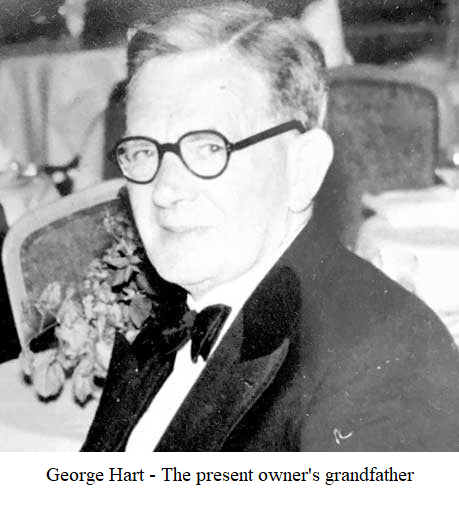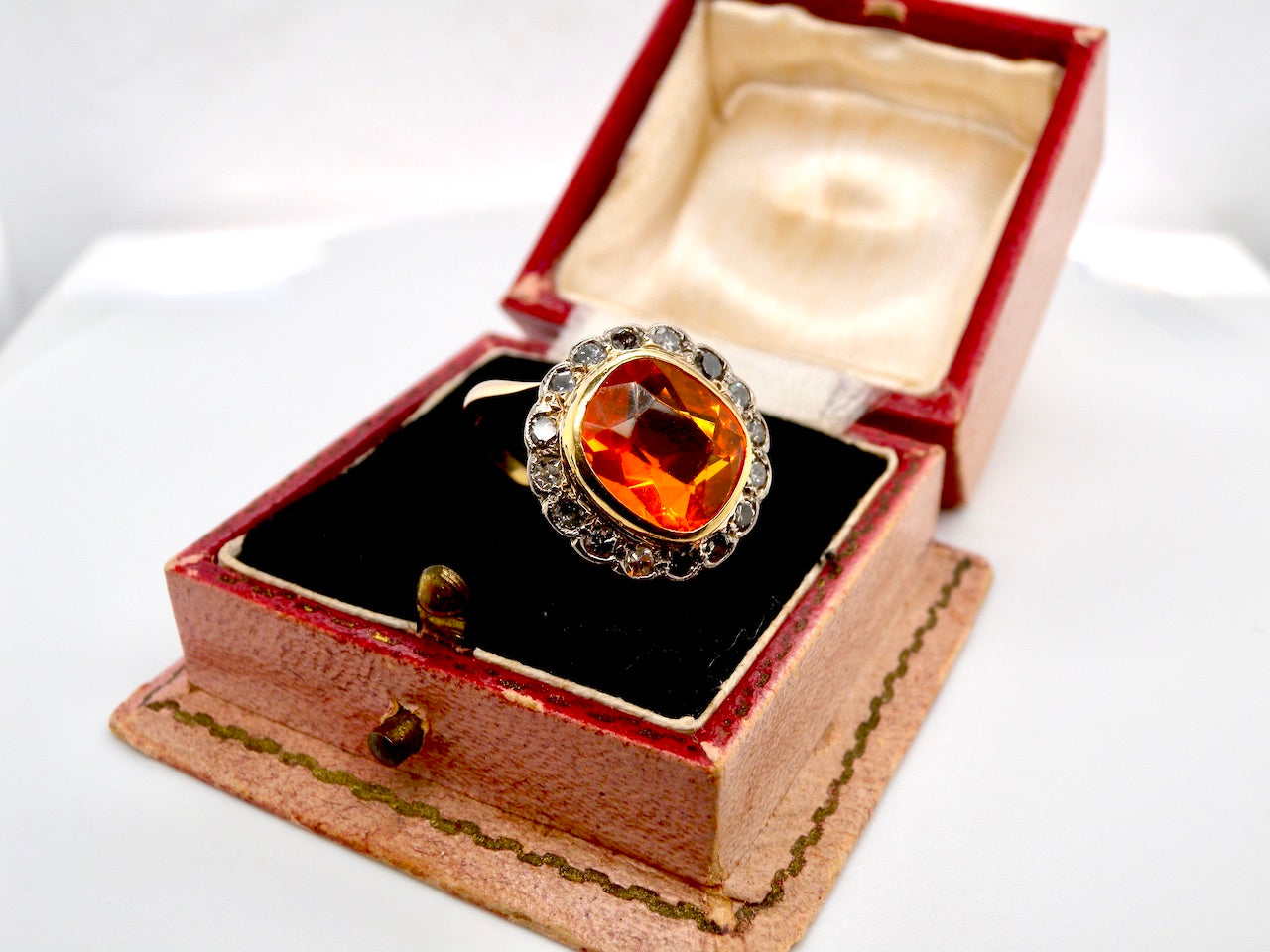Although the term “vintage” refers to any items that are at least 20 years old, it is different when it comes to engagement rings, in that it is the style of the ring that makes it vintage, instead of its age. Normally, if you’re shopping for an engagement ring from the vintage era, what you are actually looking for, is a modern engagement ring with a vintage-style setting.
If you want an engagement ring with an uncomplicated design, then you’ll probably find one from the Retro era of 1940 to 1960. Vintage design engagement rings are usually more extravagant.
Eras And Influences For Vintage Engagement Rings
Besides age, there isn’t much else that influences the style of vintage engagement rings. Because even rings made during the 1990s can be classed as vintage.
Following are the four eras that often imitate modern vintage engagement ring styles.
-
Victorian (1835 to 1900) – the designs and materials of engagement rings during the Victorian era varied widely, but most times they were made from rose or yellow gold, with diamonds being used frequently. During this era, clusters, rows, and halos, of diamonds were incredibly popular. A good example of a vintage engagement ring inspired by the Victorian era would be one made from yellow gold, with a double halo of diamonds.

Blue was the favourite colour of Queen Victoria, so jewellery from this era was often made with blue and turquoise enamel.
Pearls were also popular, with mainly natural, small seed pearls being used instead of large ones. Moonstone and opal were other popular white gemstones.
Diamond Cuts – even though large diamonds were not common in the Victorian era, diamond solitaires were becoming popular, with old European cuts, old mine cuts, rose cuts, or step cuts being used, because new cuts such as round brilliant cuts had not yet been developed.
Motifs – heart, bow, snake, and bird motifs were all popular motifs, as well as marquise or navette shapes, either as the shape of the gemstone or as the overall design. The bypass setting, another frequent choice for modern designs too, was a favourite of many people.
-
Edwardian (1900 to 1820) – jewellery from this era is especially for those who love lacy, intricate designs. Generally, rings from this era were made from platinum and included filigree (elaborate metalwork), with designs that featured vines, ribbons, and scrolling, with many people opting for floral motifs as well.

Coloured gemstones started to replace the ever-popular diamonds and pearls, with the diamond cuts of this era being old European cuts, old mine cuts, and rose cuts being more in demand.
-
Art Deco (1920 to 1840) – the lacy intricate designs of the Edwardian era, made way for the bold geometric and repeated patterns of Art Deco. Curvy, flowing filigree took a back seat, and was replaced with metalwork that had repeating sharp angles and small beads referred to as miligrain, a style that has once again become extremely popular in recent years.

Asscher cut and step-cut diamonds became highly fashionable, and coloured gems became the particular favourite of many, especially sapphires, emeralds, and rubies.
Sadly, these gemstones were expensive and unaffordable to many people during the Great Depression, so they went for cheaper alternatives like citrine garnet, glass, and amethyst.
- Retro (1940 to 1960) – not many engagement rings were made with a diamond in the centre before World War II. This changed dramatically after De Beers launched their highly successful diamond marketing campaign which started in the 1940s, with diamond rings most times featuring diamonds exclusively!
Engagement rings from this era were different to earlier rings in that they featured uncomplicated designs. Once the Depression ended, the centre stones on engagement rings became larger, with solitaire and baguette side stones being relatively popular.
Yellow gold and rose gold were the metals of choice in the USA when the military banned the use of platinum during World War II, which resulted in many rings being two-toned when white gold and yellow gold were used in their design.
A modern engagement ring with a round, brilliant diamond in a gold, uncomplicated design could very well have belonged to your grandmother at one time, and it is this nostalgia that makes these vintage engagement rings incredibly sought-after today.
Vintage Engagement Ring Designs
There are many vintage diamond engagement rings that use a combination of features of designs from several eras, incorporate them with some aspects of modern designs, and create something totally new,
In Conclusion
If you want your proposal to be a surprise but need help with the type of ring to get, a good place to start would be to speak to friends and family for some ideas. Ask yourself some questions too, about your fiancé. For instance, is she a nature-lover? Is she into geometric designs? Is she the type who would love to wear a ring with plenty of diamonds in an elaborate setting, or a simpler design with just a few small diamonds?
Once you have an idea about the type of ring to buy for your intended, then it’s time for the fun part- searching for that perfect vintage diamond engagement ring.
Here at Vintage Tom you will find a huge collection of unique vintage engagement rings at prices you can afford and prices comparable or better than auction houses. So why not spoil your loved one this Christmas with a unique vintage engagement ring
You May Also Like: 6 Reasons To Buy A Vintage Engagement Ring



